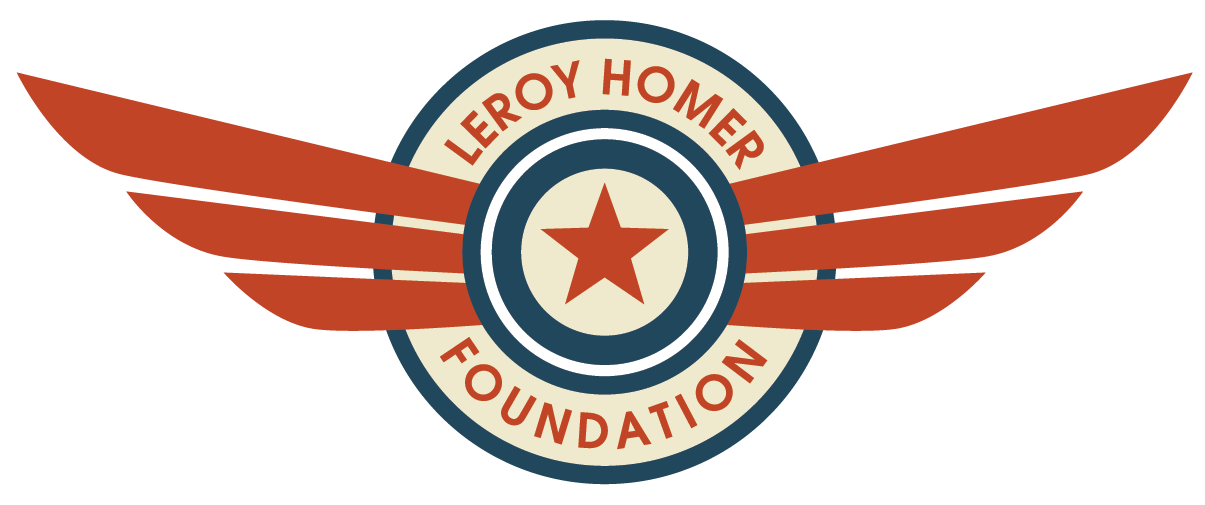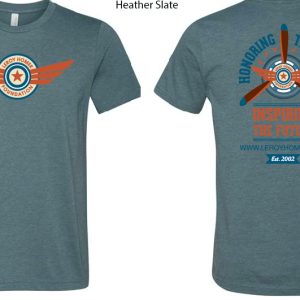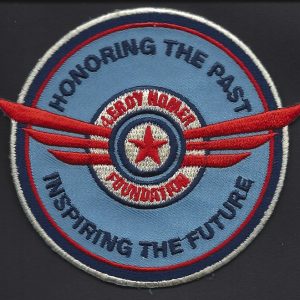Learning To Fly The Navy Way
My past few months as a commissioned Naval Officer have been a whirlwind of activity. After graduating from the Naval Academy in May, a whirlwind trip through the Pacific on Air Force cargo jets, and a short temporary job at a fighter training squadron, I embarked on the long journey to become a Naval Aviator.
In July, I left for Pensacola, Florida, the aptly named “Cradle of Naval Aviation,” to begin Naval Flight training. After three fantastic months of waiting in Pensacola (previously my hometown for three years) during the summer I finally classed up for Aviation Preflight Indoctrination (API). API consists of six weeks: the first four weeks are focused on swimming, academics, and exams on subjects like Aerodynamics, Engines, and Weather. The last two weeks were the fun part: survival training. During that time we were able to do exciting things like the low-pressure chamber to simulate hypoxia and the water escape “dunkers.”
After finishing up six weeks of training in Pensacola, I then moved to Corpus Christi, Texas to begin primary flight training. Primary usually lasts six to nine months, depending on how quickly one progresses. I’ve recently finished ground school and have begun studying a stack of books over a foot high. Emergency procedures, systems, and course rules are just a few of the things I’m studying to prepare for simulators and my first block of flights in the T-34C Turbo Mentor. With any luck, I should be finishing primary by summer and continuing on to advanced training for tailhook (carrier-based planes), helicopters, or maritime patrol.
I’d like to think back to six years ago when I got my first real flight experience. I wanted to become a pilot ever since I was born, but it was the LeRoy W. Homer Jr. Foundation that enabled me to complete flight training and become a civilian pilot. The Homer Foundation provided the basis of my aviation knowledge and experience that has and will continue to help me as I progress through Naval Aviation training. The Homer Foundation honors those who perished on the terrible events of September 11th, continuing to inspire the hopes and dreams of lucky young aviators like myself. I am forever grateful that I was fortunate enough to have been selected as one of the first scholarship recipients. I hope the LeRoy W. Homer Jr. Foundation is able to continue to inspire new pilots as we enter the new year.
Michael Scott
Past scholarship recipient





I have had the pleasure of flying with Mike over these past 6 years, and it is a fitting tribute to the Homer Foundation that Mike has been able to achieve his goal of becoming a pilot and US Naval aviator. He continues to demonstrate his support by letting others know that dreams can in fact be realized if you work hard enough towards them.
Wayne F. Richardson
Retired (USNR)
Naval Aviation